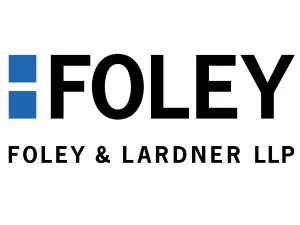- with readers working within the Retail & Leisure industries
- within Coronavirus (COVID-19), Government, Public Sector and Strategy topic(s)
The USPTO has announced changes to the “technical and scientific qualifications that may typically make applicants eligible” to take the patent bar exam. The changes are being implemented after consideration of public comments submitted in response to a March 23, 2021 notice discussed in this article. While not directly addressing the under-representation of diverse practitioners in the patent bar, the additional pathways to qualification may make it easier for more to qualify.
The Changes To Patent Bar Eligibility
As set forth in the September 21, 2021 Notice, the USPTO has made three categories of changes to the “technical and scientific qualifications” to take the patent bar exam:
- Expanded the list of “Category A” bachelor's degrees that are accepted as “prima facie evidence of the requisite technical and scientific qualifications” to include aerospace engineering, bioengineering, biological science, biophysics, electronics engineering, environmental engineering, genetic engineering, genetics, marine engineering, materials engineering, materials science, neuroscience, ocean engineering, and textile engineering
- Expanded “Category A” to include advanced degrees (master's and doctoral degrees)
- Revised the coursework requirements of “Category B” to be more flexible, with the inclusion of biology courses
Full details on the requirements for admission to the patent bar are set forth in the USPTO's General Requirements Bulletin.
Not The Last Word
The September 21, 2021 Notice indicates the USPTO will continue to review the qualification requirements on an on-going basis. For example, the Notice states “Other degree categories suggested by commenters were considered but are not being included under Category A at this time to allow for the additional collection and evaluation of data on these degree categories.” In general, before including a degree in “Category A” the USPTO wants assurance that the underlying coursework requirements are consistent across academic institutions and meet or exceed the coursework requirements of “Category B,” including the requirement for lab-based core science courses.
As explained in the Notice, “[t]he requirement for lab-based core science courses is meant to ensure familiarity with the processes involved in conducting valid experiments, the scientific method, and proper analysis of scientific data.” This serves the over-arching goal of the requirements which are intended “to ensure fairness in the application process while also ensuring that patent practitioners who represent inventors are qualified, understand the technology, and are able to communicate effectively with inventors regarding the technical features of the invention.”
The content of this article is intended to provide a general guide to the subject matter. Specialist advice should be sought about your specific circumstances.
[View Source]

